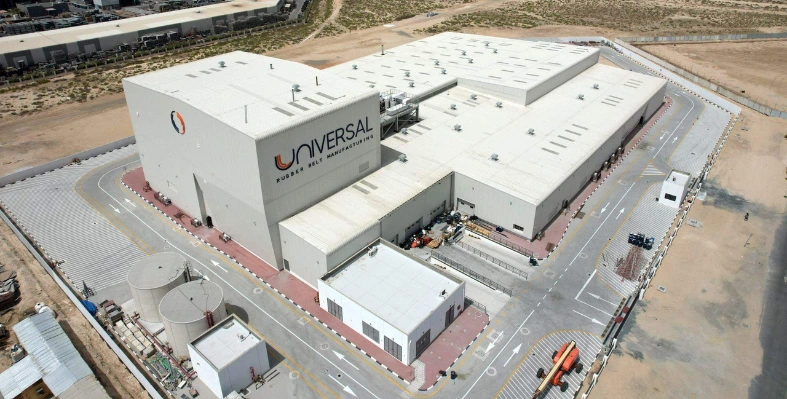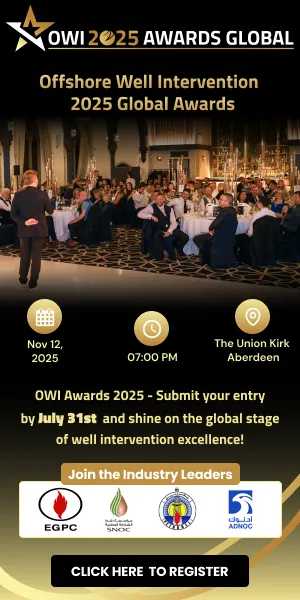
The initiative brings together a range of powerful, scalable, modular solutions designed for the Middle East’s manufacturing landscape
Omnix International, a leader in digital transformation and innovative technology solutions, is expanding its its Digitization in Manufacturing initiative to address the growing demand for intelligent, immersive, and future-ready production ecosystems and help manufacturers move into the era of Industry 5.0
Omnix’s Digitization in Manufacturing initiative brings together a range of powerful, scalable, modular solutions designed for the Middle East’s manufacuring landscape, that can be tailored for manufacturers across sectors such as oil and gas automotive, aerospace, electronics, and other manufacturing. Offferings range from smart factory enablement to enable predictive and autonomous operations, to immersive technologies to boost collaboration and workforce efficiency, digital twin platforms for real-time monitoring, optimisation and predictive maintnance, and AI-powered insights for proactive decision making. The platform offers the ability to converge immersive design, engineering-grade simulations, advanced automation, and real-time operational visibility into a single, scalable framework, with a focus on helping customers integrate the most appropriate technologies for their needs.
The move comes at a time when increasing global challenges such as supply chains, rising energy and operational costs and skilled labour shortages are accelerating the move to agile, data-driven environments.
Walid Gomaa, CEO of Omnix said, “As a long-standing provider of solutions to the manufacturing industry, we see that many companies are under pressure to work towards incorporating faster, smarter and more sustainable solutions. Our goal is to help them reimagine production through intelligent digitisation where the focus is not only on automating processes but moving away from a fragmented production ecosystem to one which is integrated, predictive and human centric.”
Rizwan Kareem, business unit manager - Industry Support Solutions at Omnix, added, “We see value being provided by offering solutions that can help bridge our customers physical and digital needs and help them raise their decision making capabilities, increase operational efficiency and strengthen their work-force productivity. It is our way of seeing manufacturers pave their path towards Industry 5.0. Our strength lies in unifying design, automation, AI and XR into a single platform that helps customers achieve their strategic goals.”
Integrated pilot environments are underway at key customer sites that are incorporating the new capabilities, across the UAE, KSA, Qatar, Kuwait and Oman.
The company aims to work alongside regulators, academia and technology partners to foster a regional ecosystem, enabling upskilling through immersive learning and being in a strong position to deliver full lifecycle digital services from consulting and solution architecture to deployment of change management.









